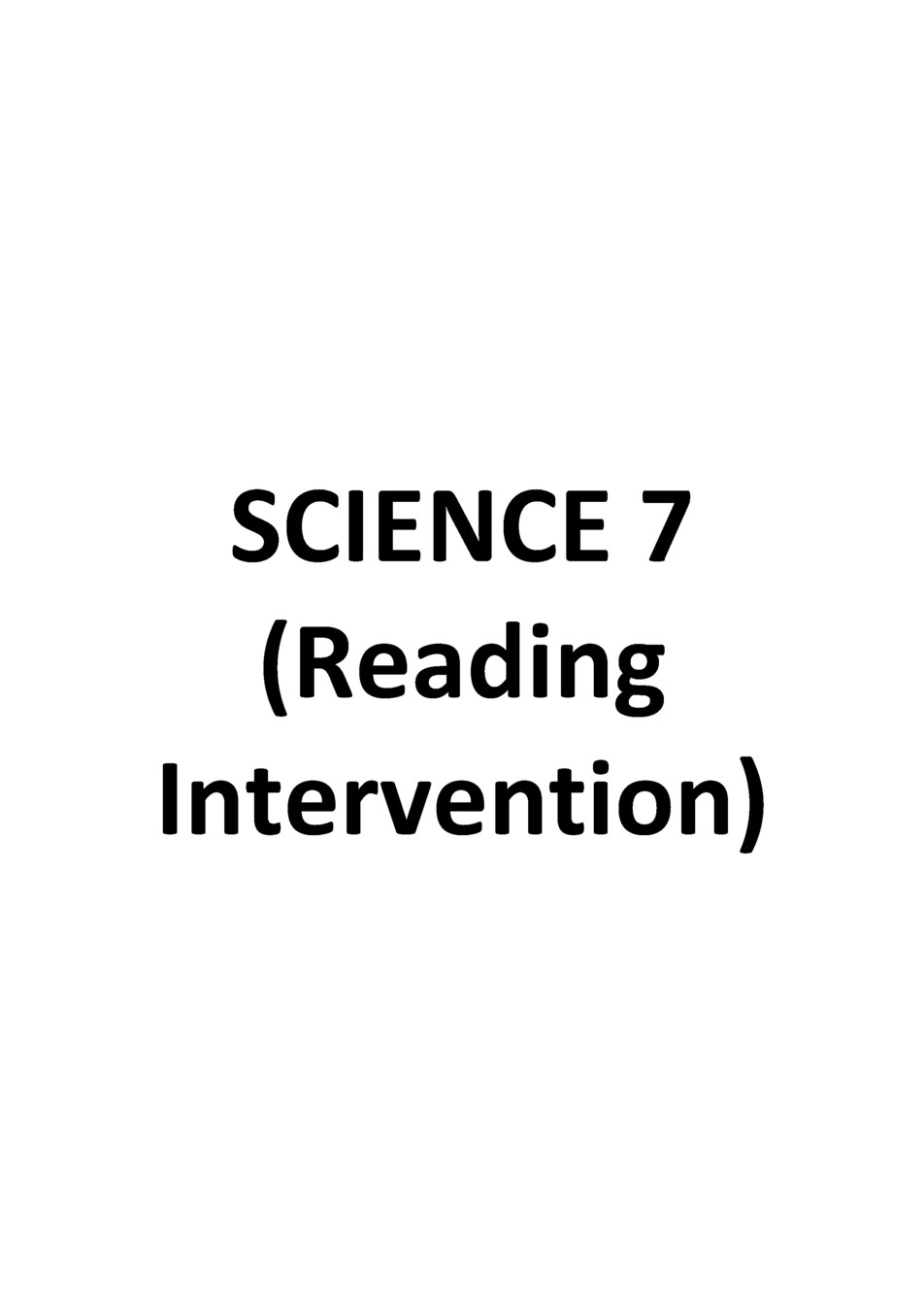SCIENCE READING INTERVENTION
SCIENCE READING INTERVENTION
Summary of Science Reading Intervention
Light and Color
Light is a form of energy that allows us to see objects and is a type of electromagnetic radiation composed of particles called photons. It can be described in terms of brightness and color, with red, green, and blue being the primary colors of light. Objects appear in certain colors because of the way they interact with light, either reflecting or absorbing different colors. Light travels in straight lines at a very high speed, and its characteristics are determined by factors such as amplitude and wavelength.
Activity: Reading About Sound
Sound waves begin with vibrating matter, causing particles to vibrate and create longitudinal waves that travel through a medium. Sound waves are mechanical waves and cannot travel through empty space. Different materials can transmit sound waves, such as air, water, and solids like glass and metal. Understanding how sound waves propagate helps explain why we can hear sounds through various mediums.
Waves
Energy is transported through waves, which can be mechanical or electromagnetic. Mechanical waves require a medium to travel through, while electromagnetic waves, like light, do not need a medium. Waves can be longitudinal or transverse, with sound waves being examples of longitudinal waves. Waves have characteristics such as amplitude, wavelength, frequency, and wave speed, which determine their properties and behavior.
Characteristics of Waves
All waves exhibit characteristics like amplitude, wavelength, frequency, and wave speed. Sound waves, in particular, are vibrations that move through matter, with pitch depending on the frequency of vibrations. Understanding the properties of waves helps in explaining how energy is transmitted and perceived through different mediums.
Heat Transfer
Heat is the flow of thermal energy from a warm object to a cooler one, occurring through conduction, convection, or radiation. Conduction transfers heat through physical contact in solids, while convection happens in liquids and gases as they expand and rise. Radiation allows heat transfer through space or transparent mediums, such as infrared radiation. Understanding heat transfer processes helps in explaining how thermal energy moves in various environments.

